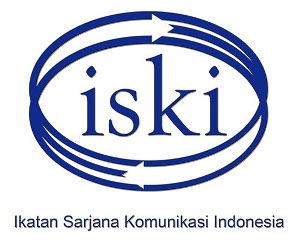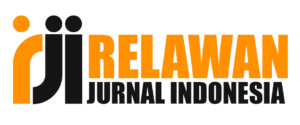KAJIAN MEDIA DAN BUDAYA POPULER PEMANFAATAN MEDIA MASSA TERHADAP HALLYU SEBAGAI BUDAYA POPULER DAN GAYA HIDUP MAHASISWA (Studi Deskriptif pada Mahasiswa Ilmu Komunikasi Universitas Bunda Mulia, Jakarta Utara)
Abstract
There is a shifting trend in the showbiz world over the past few years where anything related to Korea is highly anticipated, this is what the media called as “Hallyu” or “Korean Wave”. It refers to the popularity of South Korean entertainment shows that increased significantly across the world, Indonesia is no exception. The spread of the Korean Wave cannot be separated from the important role of the mass media that has helped the flow of the Korean culture. It could be said so because the mass media spread the Korean Wave around the world. The mass media has a major role in the spread of the Korean Wave and the phenomenon of K-Pop. In this study the authors examined the use of the mass media to Hallyu as a popular culture and lifestyle of college students. This study used theory of Uses and Gratification, where the assumption of this theory is that audiences actively seek and use the media to search for information. This study used a qualitative approach to the nature of qualitative research. Informants in this study were four students of Bunda Mulia University who love Korean culture. The results obtained are that all the informants in this study indicate that the spread of Korean culture is an important role of the media; both print and electronic media. Variety of media were used to fulfill the need for desired information. The four informants in this study assume that internet is the most complete info-laden media to get information
about Korean culture. Youtube is a main option to obtain latest KPop’s information or music video, while television or magazine is still mainstream reliable source for movies, drama, and style-guide references. Thus, the mass media play an important role as the dissemination of Korean culture in the world, including Indonesia.
Keywords: Mass Media, Popular Culture, Lifestyle
Full Text:
PDFReferences
Ardianto E & Komala L. 2009. Komunikasi Massa: Suatu Pengantar. Bandung: Simbiosa
Rekatama Media
Baran, Stanley J. & Davis, Dennis K.. 2009. Mass Communication Theory. 5th Edition.
Boston, USA: Wadsworth Cengage Learning
Effendy, Onong U. 2004. Ilmu komunikasi Teori dan Praktek. Bandung: Remadja Rosda
Karya
Fiske, John. 2007. Television Culture. London: Routledge
Griffin, EM. 2003. A First Look At Communication Theory. London : Mcgraw-Hill.
Littlejohn SW. 2009. Teori Komunikasi. Jakarta: Salemba Humanika.
Mc.Quail, Dennis. 2011. Teori Komunikasi Massa. Jakarta: Salemba Humanika
Miller K. 2002. Communication Theories: Perspective, Process, and Context. Boston:
McGraw Hill
Moleong, Lexy. 2009. Metodologi Penelitian Kualitatif. Bandung: PT. Remaja Rosdakarya.
Mulyana, Deddy. 2005. Ilmu Komunikasi Suatu Pengantar. Bandung: PT Remaja
Rosdakarya.
Neuman LW. 2006. Social Research Methods Qualitative and Quantitative Approachs.
Boston: Pearson.
Rakhmat, Jalaludin. 2007. Metode Penelitian Komunikasi. Bandung: PT. Remaja Rosdakarya.
Strinarti, D. 2007. Popular Culture: Pengantar Menuju Teori Budaya Populer. Yogyakarta:
Jejak.
Vivian J. 2008. Teori Komunikasi Massa. Jakarta: Kencana Premada Media Group.
DOI: http://dx.doi.org/10.30813/s:jk.v7i2.965
Refbacks
- There are currently no refbacks.
Copyright (c) 2017 SEMIOTIKA: Jurnal Komunikasi
Publisher
Editorial Board SEMIOTIKA: Jurnal Komunikasi
Department of Communication
Faculty of Social Science and Humanities
"UNIVERSITAS BUNDA MULIA"
Lodan Raya St No.2, North Jakarta 14430
Phone: +62 21 692 9090 ext. 348
Email: SEMIOTIKA@ubm.ac.id













